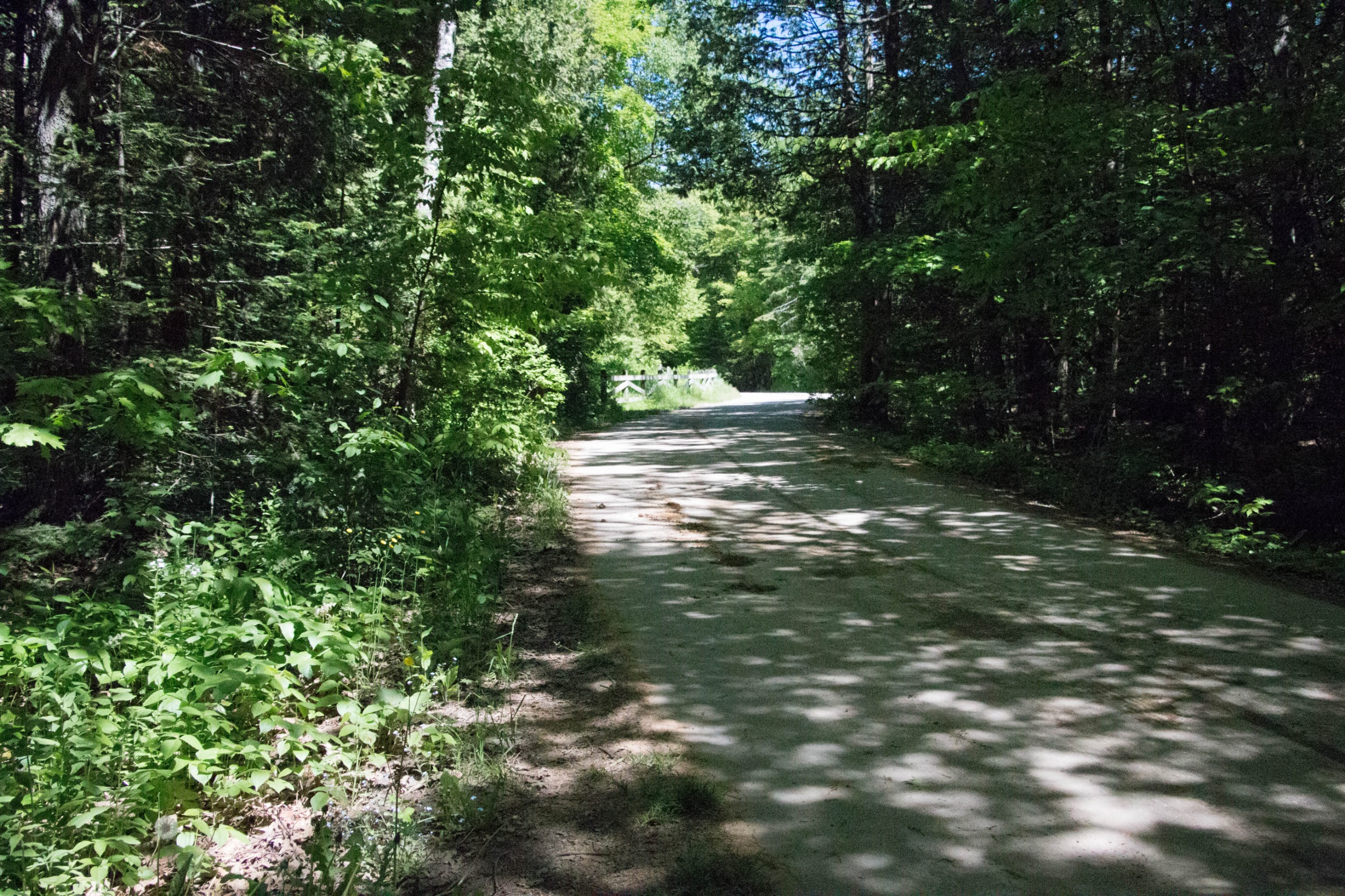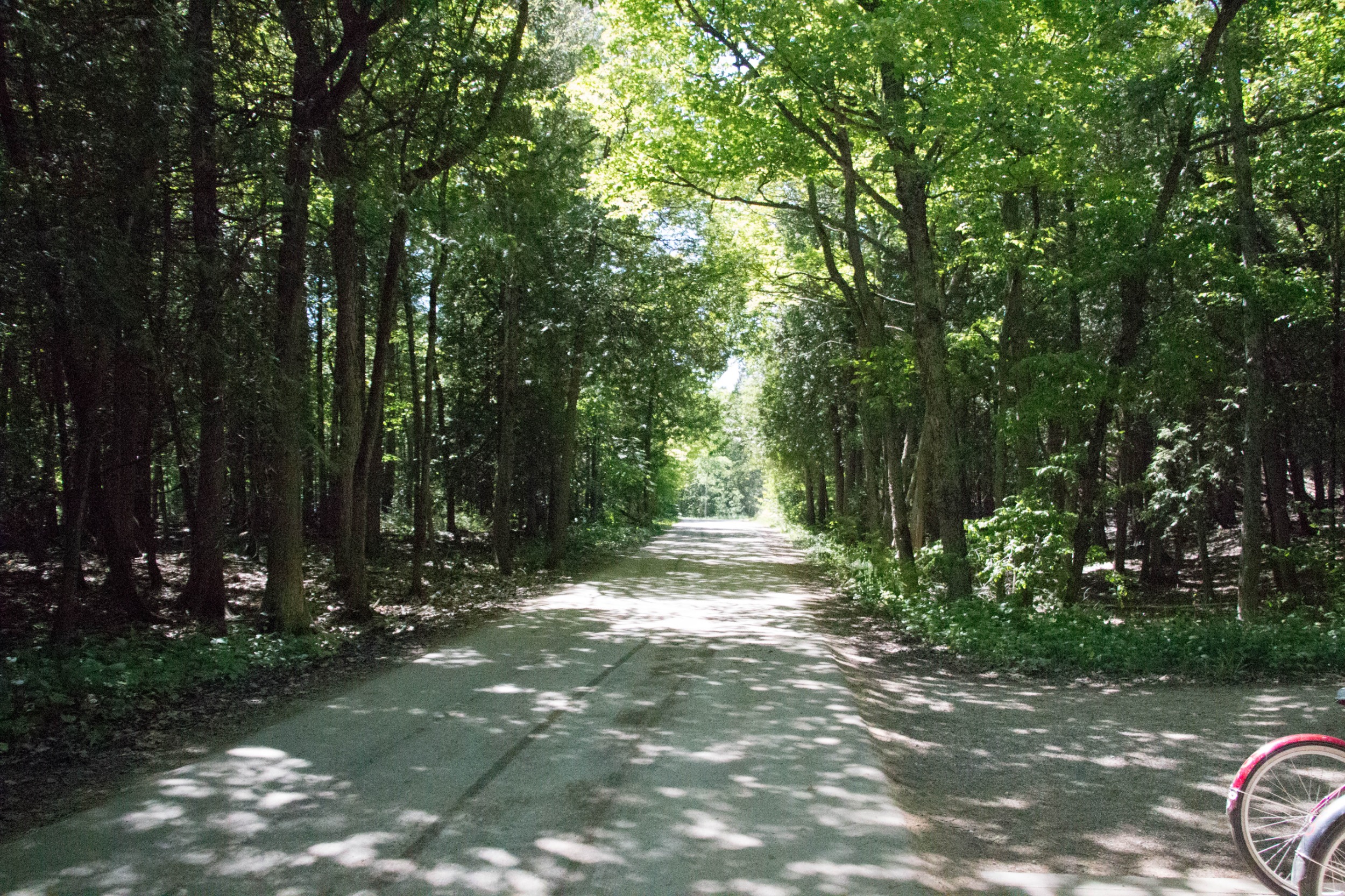- Forum
- General Discussion | Introductions | Off Topic Forum
- Photography General Discussion
- My photos don't portray the scene as it is
My photos don't portray the scene as it is
-
 Topic Author
Topic Author
- JesW87
- Newbie
- Followers: 0
-
Points:
50
Post #649129
I have a Canon EOS 70D, and I was taking some photos yesterday (with an 18-135mm lens), and took two photos at f/3.5, shutter speed 1/5000 sec, and ISO 12800. They are shown below.
|
They don't quite capture what I was seeing in front of me. I can't really describe what it is that is wrong about them, but the light parts of the image are too light, and the darks are too dark; it just looks like an indecipherable mess. The shapes really get lost in it.
On the other hand, below are two similar images I took with my phone, and while they may not match the previous ones in sharpness/quality (I'm new to this so I don't really know what term to use to describe this), I feel like they capture the scene as I saw it much more accurately.
Is there a way I can make the photos I capture with my DSLR more like these?
-

- Nikon Shooter
- Oh Wise One
-
- 3S 3X 810 850
- Followers: 197
- Posts: 13795
-
Points:
88932
Post #649133
Capture.
Would you be so kind to explain why 1/5000s @ ISO 12,800?
There is enough headroom to shoot at ISO 200 since the sub-
ject won't go anywhere any time soon!!!
Rendition.
Mid-tones taming will help getting you there
Light is free… capturing it is not!
Post #649139
The shutter speed is really fast which you don't need for scenery where nothing's moving (usually faster shutter speeds are used to freeze movement). Even if it was breezy and leaves were moving, or there was a critter moving around, you wouldn't need a shutter speed nearly that fast.
The camera was trying to get an appropriate amount of light coming into the camera, so with the lens open to that aperture it had to cut the light with a superfast shutter speed and super high ISO. My starting point (and where I set the camera after using it for next time) is usually 1/125 and f8, because I can go to a faster speed as needed and can turn the lens either way to adjust the aperture (lens opening) a stop or two.
You'll probably need to learn more about getting proper exposures and get in test shots and practice time. You could try taking more than one photo of a scene from a starting point, using the meter reading to tell you if you have an apropriate amount of light and adjust as needed. Then try adjusting a stop (shuttter speed one setting faster or slower, one aperture setting larger or smaller, or the ISO a setting higher or lower). See how it looks different as you make changes and try jotting down notes on what you did.
Someone who knows more about Canon lenses could address that but it sounds like it may not be the sharpest lens (because of the limited aperture range) so it might do better in brighter light rather than filtered light thru trees.
Sharon
-

- Shadowfixer1
- Photo Elder
-
- Olympus OMD E-M1 MKII
- Followers: 1349
- Posts: 5553
-
Points:
73294
Post #649159
-

- garyrhook
- Oh Wise One
-
- Nikon D850, Nikon D750, Panasonic G7K
- Followers: 912
- Posts: 11103
-
Points:
67681
Post #649160
(I'll start by saying the points raised above are spot-on. Choose an appropriate shutter speed, aperture, and ISO value by practicing. And there's nothing wrong with your lens.
Now then:
What you need to understand is how the human eye works. It does a huge amount of work to manage the light presented to it, and does an amazing job of handling shadows and highlights because you can't look at two things at once. What you are looking at at any given moment is what your brain manages; you change your subject, your brain changes what it's doing. So while you think the bright parts of the captured image are too much, the fact is that your eye managed the light; same for the shadows, which allowed you to see the details. Those shadows were deep (harsh light in this scene) but your eye and brain work to figure out what "settings" are required for you to perceive detail.
The camera does none of that. It captures the light presented. You want a better representation of the scene? You capture good data and you edit it. Yes, you. IMO photography is about creating an image that reflects what you saw/felt at that moment.
So get to work.
But first learn appropriate settings for your camera, with the maxim that you want the lowest ISO possible, always, up to the native ISO of the camera. That's usually around 200, btw.
Finally, the best lens or camera is what you have with you. Learn to use it. And keep in mind that, quote, "your first 10,000 photographs are your worst." (Google it.)
- Forum
- General Discussion | Introductions | Off Topic Forum
- Photography General Discussion
- My photos don't portray the scene as it is
Latest Reviews
The Canon EOS R100 is an entry-level mirrorless camera introduced in 2023. But just because it’s an entry-level camera doesn’t mean it’s a bare-bones camera. Find out why in this review!
Nikon’s retro-looking Nikon Zfc is anything but retro. Under its classic body is a host of features and amenities that make it a worthwhile compact mirrorless camera for 2024.
The Canon EOS R50 is one of the newest R-system cameras from Canon. Is it worth your money? Find out all the details you need to know in this comprehensive review.
The Sony FE 70-200mm f/2.8 GM OSS II is Sony’s flagship mirrorless zoom lens. As such, it’s loaded with features and has a top-shelf build quality that makes it a top pick!
Forum Top Posters
-
1TCav 6 posts
-
2Razky 5 posts
-
3Prago 4 posts
-
4CharleyL 4 posts
-
5Randy Shaw 4 posts
-
6Sandy Smith Photos 3 posts
-
7CaptNemo 3 posts
-
8Hassner 3 posts
-
9db3348 3 posts
-
10Foggy 3 posts
Latest Articles
The Canon EOS R100 is an entry-level mirrorless camera introduced in 2023. But just because it’s an entry-level camera doesn’t mean it’s a bare-bones camera. Find out why in this review!
Are you ready to upgrade your camera? Before buying new, you might consider the value of purchasing used gear to save money.
The Olympus OM-D E-M10 Mark IV is a micro four thirds camera released in 2020. It’s an entry-level system along with the OM-D E-M5 Mark III. Use this guide to determine which one is best for you!
Blue hour photography might not be as well known as golden hour photography, but it is every bit as good a time to create epic images of landscapes. Learn how in this quick tutorial!
Nikon’s retro-looking Nikon Zfc is anything but retro. Under its classic body is a host of features and amenities that make it a worthwhile compact mirrorless camera for 2024.
Moving from taking snapshots of your dog to creating beautiful images doesn’t have to be that difficult! Use the tips outlined in this dog photography guide, and you’ll get better results in no time.
Acrylic print photos are a beautiful way to display your favorite images. But they don’t come without some questions. Get all the answers you need about this medium in this guide!
Where do you get your landscape photography inspiration? Is it from masters like Ansel Adams? Or perhaps viewing art from other genres? We’ve got these and a few other sources for you to check out!



















